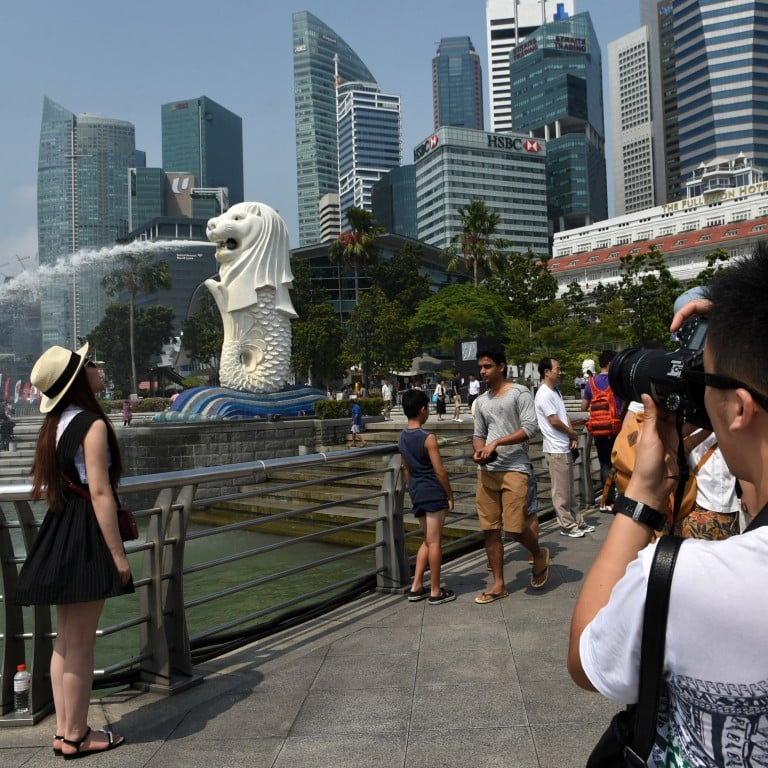
Will Singapore be the winner when Chinese tourists can more easily travel again after January 8?
- Unlike Japan, Canada, Italy and other countries, Singapore hasn’t imposed any Covid restrictions on Chinese travellers following China’s plans to open up
- Chinese tourists may well remember who made them feel welcome and who didn’t long after any reimposed Covid restrictions have gone
The Chinese are coming. Sometime. Maybe.
China might be reopening, its millions of would-be tourists and other global travellers having been freed of almost all Covid-19 shackles, but many of the countries that have been waiting desperately for the return of all those lovely tourist dollars are now keeping a wary foot behind the door, if not slamming it firmly shut.
China has announced it will scrap its quarantine requirement for arrivals from January 8, making travel abroad after almost three years of total isolation more viable for its citizenry.
But the welcome mats that have been so forlornly stored across the world have not been whipped out as quickly as the returning travellers might have hoped, ostensibly because the coronavirus is now running rampant through the world’s most populous country.
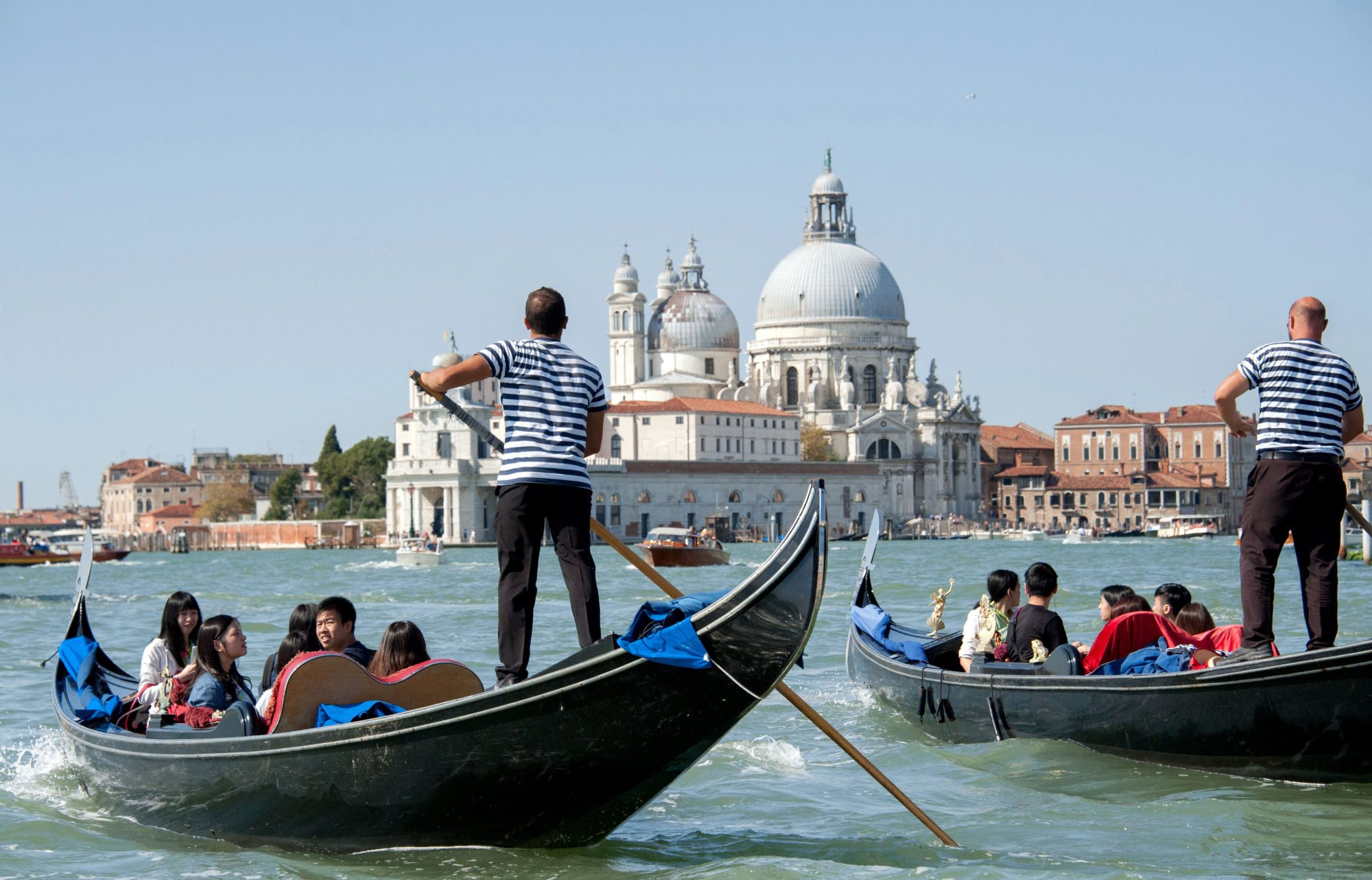
Given that most populations across the planet appear to be riddled with Covid and have largely given up testing at all, it might seem discriminatory to target just the Chinese (including arrivals from Hong Kong and Macau).
But the argument is that, with the virus now feasting on an inadequately vaccinated population that had, up until very recently, been tightly controlled, new and perhaps deadlier variants could be evolving. And travelling.
On December 28, Italy led the way in introducing mandatory virus testing for arrivals from China even though, as the Politico news site reported the following day:
“There is no sign of new Covid-19 variants so far among passengers arriving in Italy from China in recent days, Italian Prime Minister Giorgia Meloni said, as she called for a new, EU-wide testing regime to guard against the threat from a resurgent coronavirus.
‘No’: why travellers should think twice before visiting Thailand in 2023
“Meloni said genomic sequencing of positive cases arriving in Milan’s airports since last week had shown only the Omicron variant.”
More disappointing was the response of an Asian neighbour.
Japan is where the Chinese most want to return to, according to recent data from Trip.com, but Tokyo put in place emergency Covid-19 measures on December 30 that require travellers from mainland China to swab on arrival, and to quarantine for a week if they test positive.
Most of the other places that are at the top of the Chinese wish list – including South Korea, the United States, Australia and Britain – have said they are introducing testing, even if it’s just of the waste water carried on planes from China (as was Malaysia’s position at the time of writing).
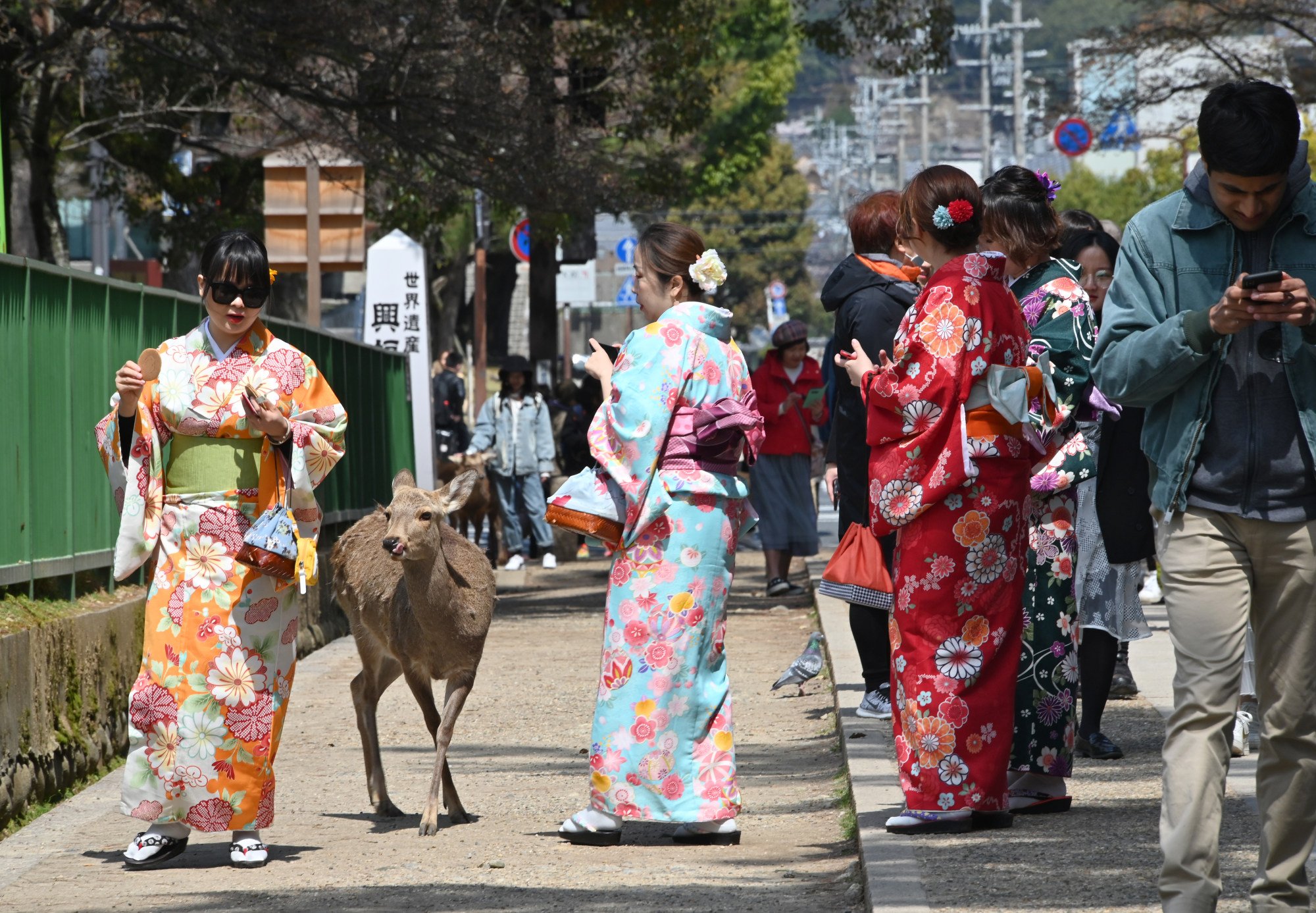
Canada has said that, from January 5, visitors from mainland China, Hong Kong and Macau will have to test negative for Covid-19 before setting off on their journeys. But the announcement was greeted with scepticism by some Canadian scientists.
Kerry Bowman, assistant professor at the University of Toronto’s Temerty Faculty of Medicine, called the requirement “absolutely a political move, and not based on science”, according to a CTV News report.
“It’s pretty clear that point-of-entry screening is not very effective at all,” he said. “Often people can test positive days and weeks later.”
The report also quoted Colin Furness, assistant professor at the University of Toronto’s faculty of information, who said, “This is political as well as social as well as public health. It is likely to be perceived as political. It is likely to be perceived as racist.”
Bali tourists who ‘forget what surfing is all about’ drop in on locals’ waves
However, he said, Canada should be concerned about new variants that may come out of China – as it should about variants that come from elsewhere, of course. Let’s not forget that Alpha emerged first in Britain, Delta in India and Omicron in southern Africa.
“Covid is all over the place. So these sorts of measures that three years ago might have been enormously effective at limiting spread, it isn’t going to do very much now,” said Furness, while making enemies of absolutely everyone by suggesting that it would be much more effective if all governments required negative Covid-19 tests and vaccinations on all flights.
The situation is fluid – or “dynamic and evolving”, as Australian health minister Mark Butler describes it – so everything may have changed by the time you read this column.
Why now would be a great time to experience the charms of Hoi An, Vietnam
But Destinations Known is most impressed with the approach of Loh Jiashen, an infectious disease specialist at Singapore’s Farrer Park Hospital, who told the Today online website that, “Not imposing any restrictions on Chinese travellers coming to us is exactly the gesture of resilience that we have all worked so hard to achieve.”
Singapore had not, at the time of writing, imposed any restrictions on Chinese travellers, having apparently got its house in order well enough to take care of potentially unwell guests, and will thus probably be a winner when travellers from China begin throwing their money around again.
After all, Chinese tourists may well remember who made them feel welcome and who didn’t long after any reimposed Covid restrictions have gone.
China’s ‘best tourism villages’ could hold more appeal for country’s returning visitors
It’s safe to assume that the Hong Kong-China border will quickly become a busy one after reopening, but it might take a bit longer for visitors from further afield to return in numbers to China.
Perhaps when they do, places without the crowds of the Bund or the Forbidden Palace may appeal, places such as Dazhai, in the Guangxi Zhuang autonomous region, or Jingzhu, Chongqing, both of which have found themselves on the United Nations World Tourism Organisation’s best tourism villages of 2022 list.
Dazhai village has a history that dates back more than 2,300 years, according to the UN, and has “sublime mountains, streams, and a forest coverage of 75.6 per cent”. And of course, it has the famous Longji rice terraces.
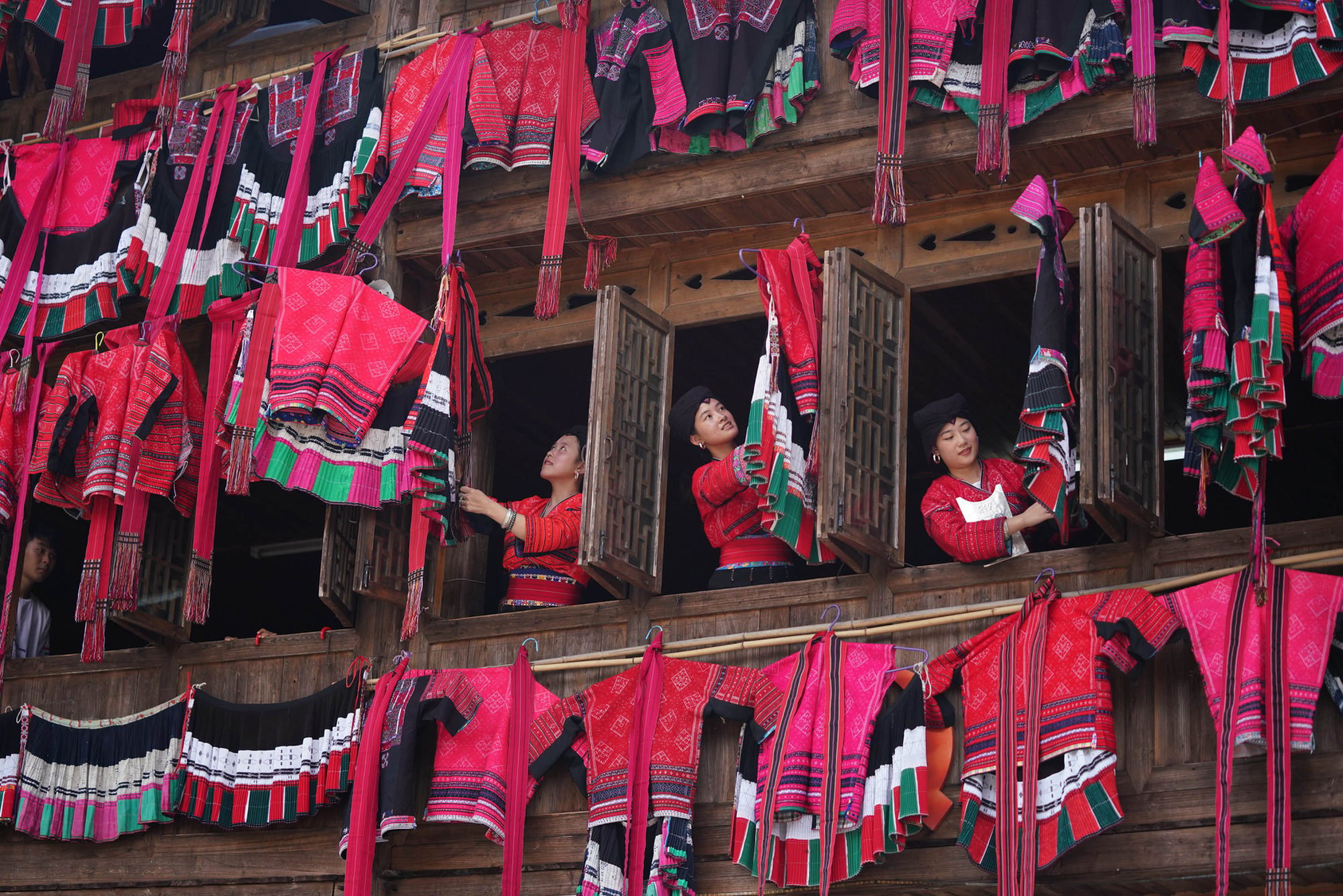
The charms of bucolic Jingzhu extend to the Guiyuan Tourist Hamlet “artistic pastoral complex” and the hosting of major countryside sporting events and races.
Another pair of Chinese worthies are Leshan, in Sichuan province, and Tengchong, in Yunnan province, which both made it onto CNN Philippines’ recent “18 of Asia’s Most Underrated Places” list.
Leshan has been recognised because, beyond its Giant Buddha, it has something for both the mind and the body: a strong spiritual significance and “authentic [...] chilled bobo chicken, jellied tofu, Qiaojiao beef and steamed meat with rice powder”.
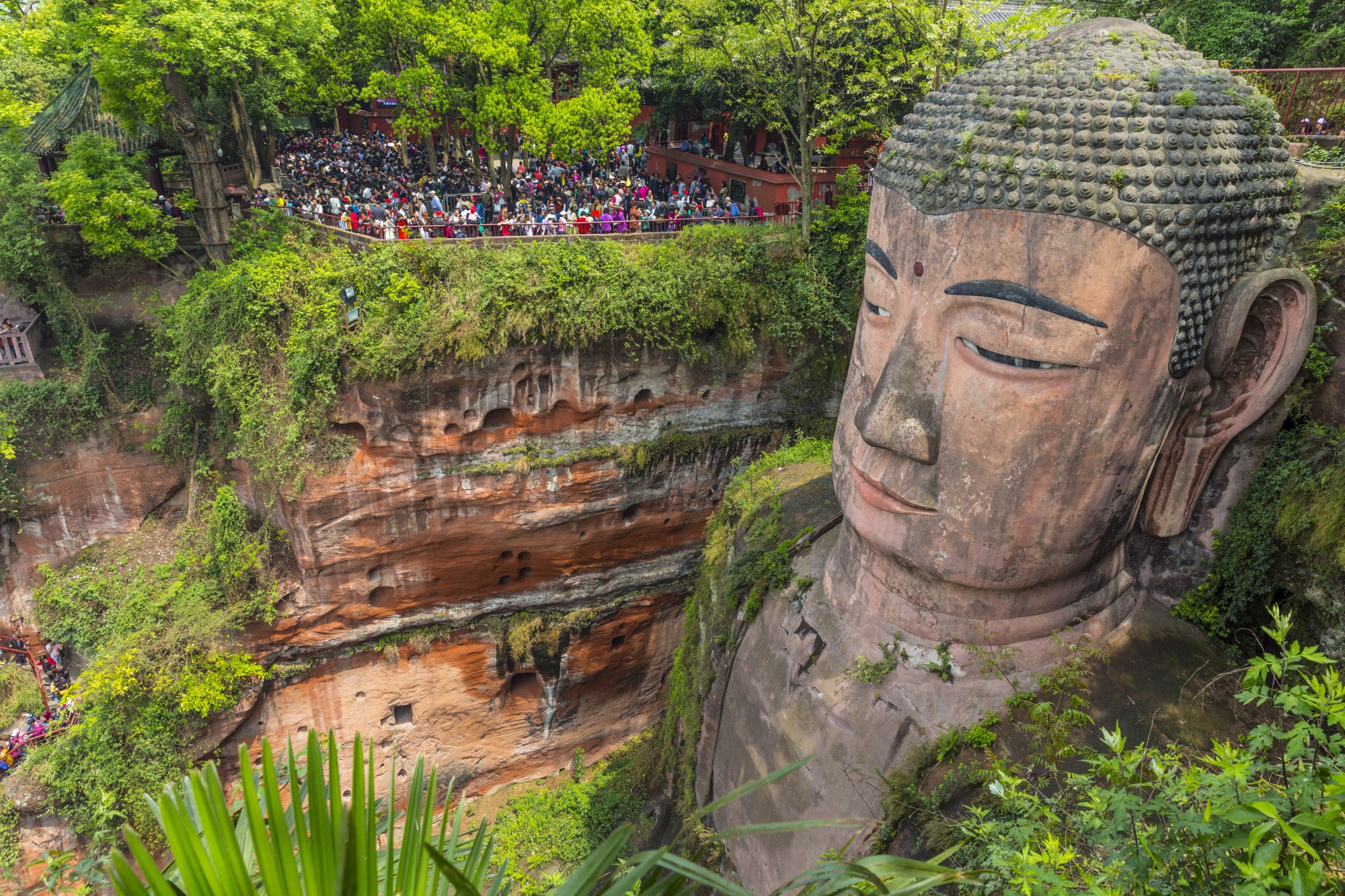
The county-level city of Tengchong has a past as a trading stop on the Silk Route and Tea Horse Road and a present that includes Heshun, “an old town built surrounding a mountain and a lake” that boasts the Double Rainbow stone arch bridges and the 98-year-old biggest rural public library in China.

